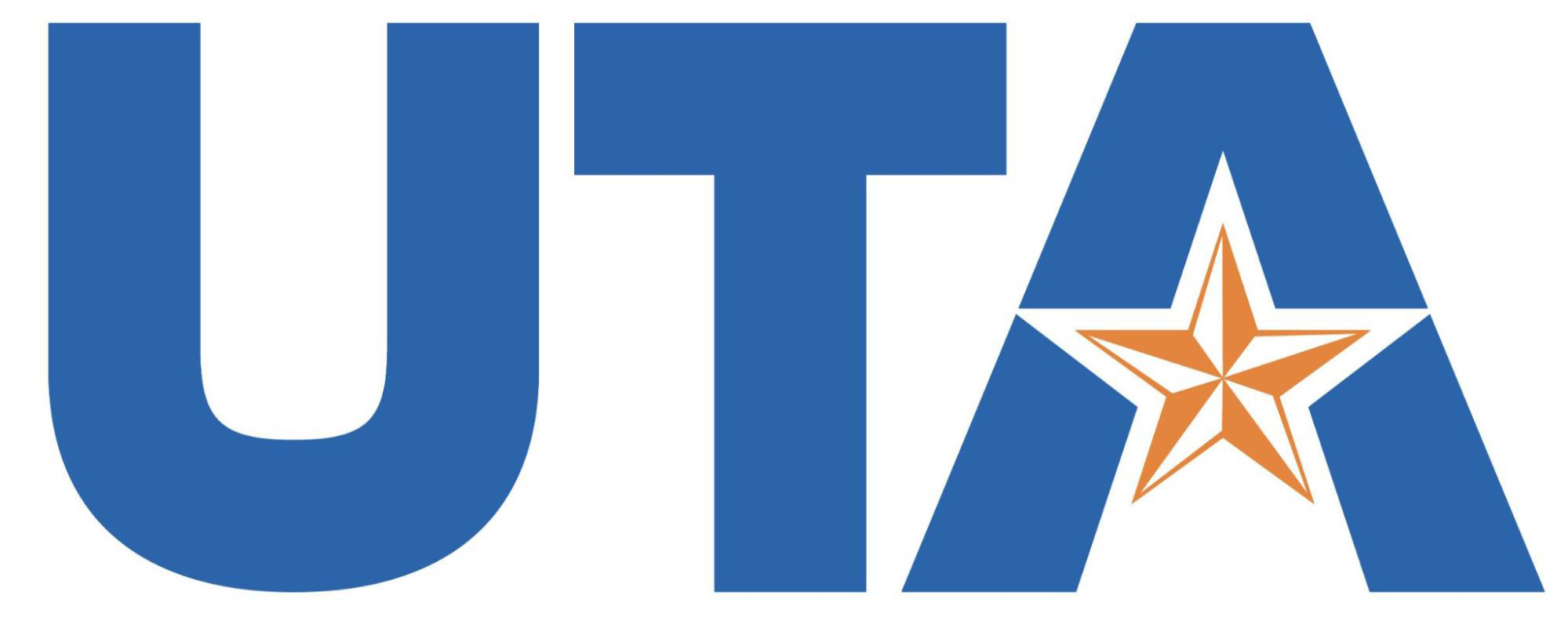MAE 3185 - Introduction to Mechatronics

Program Structure
Before we study the basic building blocks of the C programming language, let us look at a bare minimum C program structure so that we can take it as a reference in the upcoming chapters.
Hello World Example
A C program basically consists of the following parts,
- Preprocessor Commands
- Functions
- Variables
- Statements & Expressions
- Comments
Let us look at a simple code that would print the words “Hello World”,
#include <stdio.h>
int main()
{
/* my first program in C */
printf("Hello, World!\n");
return 0;
}
Let us take a look at the various parts of the above program,
- The first line of the program
#include <stdio.h>is a preprocessor command, which tells a C compiler to include stdio.h file before going to actual compilation. - The next line
int main()is the main function where the program execution begins. - The next line
/*...*/will be ignored by the compiler and it has been put to add additional comments in the program. So such lines are called comments in the program. - The next line
printf(...)is another function available in C which causes the message “Hello, World!” to be displayed on the screen. - The next line
return 0;terminates the main() function and returns the value 0.